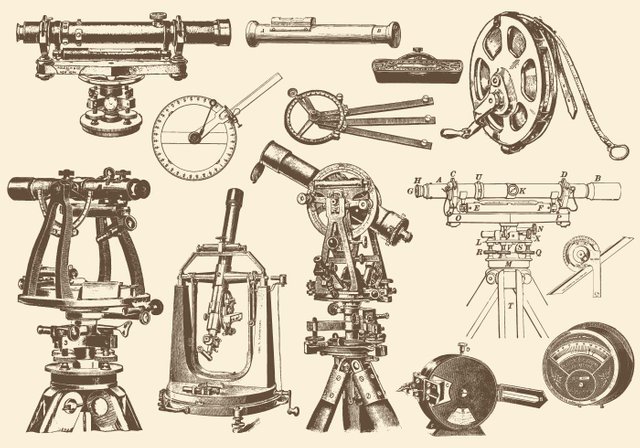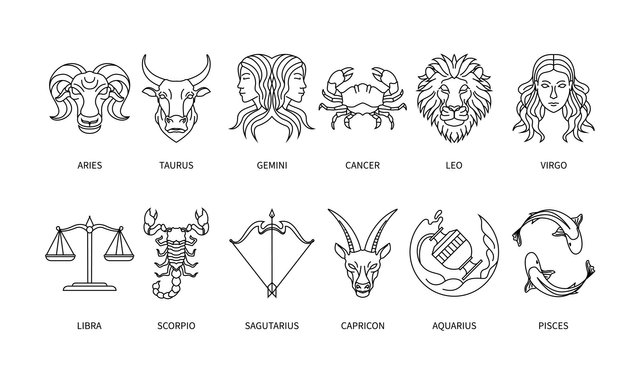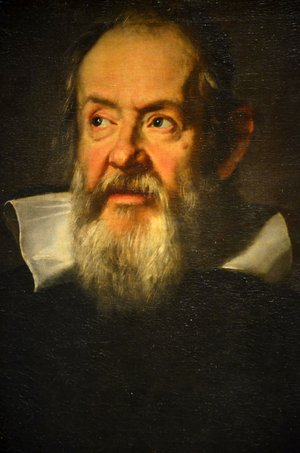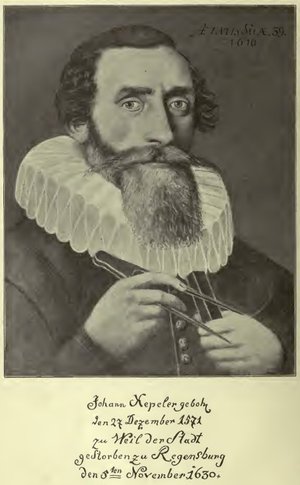Astrophysics From Antiquity to The Present

Precision instruments
As science progresses at an increasingly rapid pace, so do our ways of understanding how human life exists in this vast universe. The advent of modern astrophysics was made possible through advancements in instrumentation such as long-range telescopes and satellites that monitored infrared light from stars. As scientist's tools become more powerful, our understanding becomes more sophisticated and complex by leaps and bounds with every pass through history.
But You May Wonder What Is Astronomy ?
Astronomy is the study of the positions and motions of astronomical objects in space. In terms of science "it kind of involving of the accurate positions as well as the motions of objects such as stars, planets, comets, and meteors." Astronomy can be described as the science which studies celestial bodies. This use of the word "study" makes sense since astronomers do not actually observe these objects directly but instead use a telescope to view them at great distances.
But What's About Astrophysicist?
An astrophysicist is someone who studies how stars, planets, galaxies and other celestial bodies work. Actually "Astronomy equips scientists with incredibly precise devices for observing and experimenting with the cosmos." Along with black holes, supernovae are used to analyze star cycles and map our galaxy, and astrophysics can be used to read signals from extra-terrestrials on distant worlds. A career in astro-physicists applies their skills from studying these celestial bodies on Earth and also examine the properties that belongs to other worlds across space where they can reap unexpected rewards that only brings them joy and learn new things as never before in human history.
Ancient To Modern Astrophysics
But today we will talk about ancient astrophysics not modern astrophysics. In the beginning , the study of astronomy was a philosophical endeavour, with no instrumentation to support observations and little mathematical understanding of what was being observed.

Set of horoscope symbol in twelve zodiac constellation
Astrophysics would not begin until the time of Isaac Newton and Gottfried Leibniz. With the invention of modern telescopes, we can see the far distant star and galaxy. Lets travel back to the ancient era as far as ancient Greece and Persia.
Now take a look at ancient astronomy for a moment. The brightest stars in the night sky are those of the celestial equator, known as the "constellations". According to Aristotle, the Greek philosopher who first codified their names, these "fixed" constellations were really just stars that we could see on one particular night of one particular year. When we observe an object in the night sky it is usually at some point far from our position and thus appears as a different object. In ancient times people looked up at the night sky and drew conclusions about what they saw there.
Greece called these ancient observations "astronomy", which means "to know through the stars" As you can guess that Mathematics was not that great in those era. Because it was limited to -
- Disciplines,
- Astrology
- Astronomy.

Aristotle Altemps
Ancient astronomy was very limited in scope. It concerned itself mainly with the heavens and the motions of the heavenly bodies with little attention paid to matters such as physical laws. Aristotle (384-322 BC) was one of the first important ancient Greek thinkers to address these questions. Many centuries later, in 1609, Galileo Galilei (1564-1642) demonstrated that Aristotle's Aristotelian cosmology was completely wrong. People was surprised and wasn't ready for that. He uses his telescope to observe the moons of Jupiter and other celestial objects in other parts of our solar system .

Justus-Suttermans Galileo
In the 9th century, Muhammad ibn Jabir ibn Sinan, in his commentary on Ptolemy's "Almagest". That time this was the first time he noted the Andromeda galaxy. If youdon't know about Andromeda galaxy then we will talk about it later. its the most distant object clearly visible to the naked eye. Another interesting fact that there was an Persian astronomer who goes by the name Al-Sijzi (born between 865 and 870) observed more than 10,000 stars in his Kitab al-Kawakib al-thabit wa-al-Hay'a, using a large astrolabe to accomplish this. The Andalusian astronomer Abu Rayhan Al-Biruni (973–1048) (973–1048) used a rudimentary telescope in order to study the stars and constellations which is still surprisingly well tech for that time.
Precisely what Galileo did is not entirely clear since he wrote a book about his observations which still has not been fully translated into English. However, it is clear that he was trying to justify his observations by using the telescope to show them to people. This is also the case because he offered money to anyone who could find conclusive evidence contradicting his claims of a heliocentric solar system.
To sum up, Aristotle reasoned that because all solid objects fall in a straight line towards the center of the earth, it must be the center of the universe. The medieval church accepted Aristotle's logic and placed God just beyond that barrier at the outermost sphere at His "heavenly court". In this view, each planet moved on its own crystal sphere in perfect circles at constant speed. This view was the dominant cosmological theory until Copernicus presented his alternative model. Copernicus, born in 1473, went in the other direction. He placed the sun at the center of his heliocentric universe with the planets moving in circular orbits around it.
Have you heard about Copernicus. If not then remember that he is considered to be one of the greatest geniuses of all time because he was one of the first thinkers to postulate that there might be a heliocentric solar system as opposed to an Aristotelian geocentric solar system. The story about how he came up with his theory involves a combination of astronomy and mathematics along with other disciplines like engineering and physics. Although He developed a concept of the cosmos in which the sun was the center of gravity rather than the earth , it was his mathematical work that pushed him most strongly in that direction. Copernicus' ideas never gained much acceptance by society because at the time many people believed there was little conflict between the Bible and Copernicus' heliocentric model. Today, more than half a millennium later, the majority of scientists and astronomers accept the reality of a heliocentric solar system. With its own techniques, astronomy has been able to locate faraway objects in relation to our solar system.
.jpg)
Porträt des Johannes Kepler
Later on, Kepler and Newton used physics and mathematics to develop a more accurate mathematical model for astrophysics. This is the model in use today. Now orbital computations are based on Kepler's concepts of planetary motion. With the advent of Newtonian mechanics, astronomers felt they had reached their pinnacle as a scientific discipline.
Conclusion
The emergence of modern astrophysics is intimately related with the Industrial Revolution. The development of instruments such as the telescope, sextant, microscope, and spectroscope permitted a new perspective on the world. Telescopes made it possible to look at objects from a distance that would have been impossible with previous technologies (such as Lenses and Pinhole Cameras). The great variety of instrumentation now available has led to new advances in astronomical research. However, one might argue that the role of technology is not limited to improving telescopes and equipment. It is also needed for observing conditions on the ground instead of relying on tables of data that may be out-of-date by a few years.
References:
- https://www.worldhistory.org/Greek_Astronomy/
- https://imagine.gsfc.nasa.gov/science/toolbox/emspectrum_observatories1.html
- https://en.wikipedia.org/wiki/Kepler%27s_laws_of_planetary_motion
- https://en.wikipedia.org/wiki/Astronomy
- https://www.universiteitleiden.nl/en/research-dossiers/exploring-the-universe/to-the-edge-of-space-and-time
- https://www.sciencedirect.com/topics/engineering/keplers-law
- https://quizovo.com/two-of-the-brightest-stars-in-the-night-sky-are-the-red-supergiant-betelgeuse-and-blue-giant
- https://www.scholastic.com/teachers/articles/teaching-content/all-about-stars
- https://cosmosmagazine.com/space/astrophysics/have-astronomers-witnessed-the-birth-of-black-holes/
- https://www.vecteezy.com/vector-art/4587159-set-of-horoscope-symbol-in-twelve-zodiac-constellation-a-flat-line-zodiac-icons-isolated-on-black-background-astrology-and-mythology-collection-in-vector
- https://www.newscientist.com/article/mg25233660-800-find-the-most-distant-galaxy-visible-to-the-naked-eye/
The Industrial Revolution of the 18th and 19th centuries was a time of great technological advancement. Among the many innovations born of this period was modern astrophysics. The development of instruments such as the telescope, sextant, microscope, and spectroscope permitted a new level of understanding of the universe. This in turn led to important discoveries about the nature of stars, planets, and other objects in space.
@tarpan ya! modern astrophysics have along way ahead
Your post has been supported by @tarpan using @steemcurator07 account.
Thank you for making a post in the #Science/ #Computing/ #Technology category. We appreciate the work you have put into this post.
We have analyzed your post and come up with the following conclusion:
Follow @steemitblog for all the latest update.